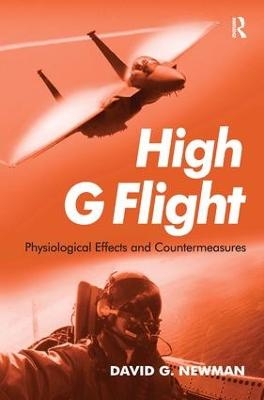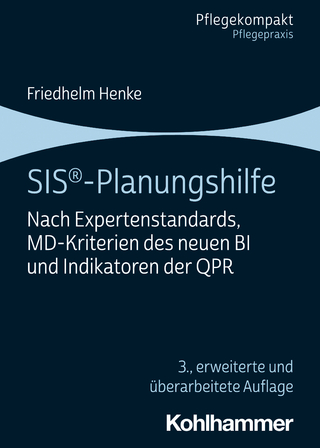
High G Flight
Routledge (Verlag)
978-1-4724-1457-1 (ISBN)
Associate Professor David G. Newman is a consultant in aviation medicine and Head of the Aviation Medicine Unit in the School of Public Health and Preventive Medicine at Monash University in Melbourne, Australia. His 13 years as an aviation medicine specialist in the Royal Australian Air Force, in both Australia and on exchange in the UK, include three years in support of tactical fighter operations and two years as Chief Instructor at the RAAF Institute of Aviation Medicine, where he was responsible for the training of all Australian Defence Force aircrew and medical officers. He holds a medical degree from Monash University, a Diploma in Aviation Medicine from the Royal College of Physicians of London, an MBA from Deakin University and a PhD from the University of Newcastle. He is also a pilot, with flying experience in several military fast jets including the F/A-18 Hornet and the Harrier. He has won numerous awards for his research into aerospace biomechanics and high G physiology, including the Aerospace Medical Association’s Arnold D. Tuttle award in 2000, the Buchanon-Barbour Award from the Royal Aeronautical Society in 2000, and the John Paul Stapp Award from the Aerospace Medical Association in 2014.
List of Figures, Foreword by Lieutenant General (Dr) Thomas W. Travis, Preface, Acknowledgements, List of Abbreviations, Part I: Mechanics of G, Part II: Physiology of G, Part III: Tolerance and Adaptation, Part IV: Countermeasures, References, Index
| Erscheint lt. Verlag | 6.5.2015 |
|---|---|
| Verlagsort | London |
| Sprache | englisch |
| Maße | 156 x 234 mm |
| Gewicht | 635 g |
| Themenwelt | Medizin / Pharmazie ► Pflege |
| Sozialwissenschaften ► Politik / Verwaltung | |
| Technik ► Fahrzeugbau / Schiffbau | |
| Technik ► Luft- / Raumfahrttechnik | |
| Technik ► Umwelttechnik / Biotechnologie | |
| ISBN-10 | 1-4724-1457-8 / 1472414578 |
| ISBN-13 | 978-1-4724-1457-1 / 9781472414571 |
| Zustand | Neuware |
| Haben Sie eine Frage zum Produkt? |
aus dem Bereich


